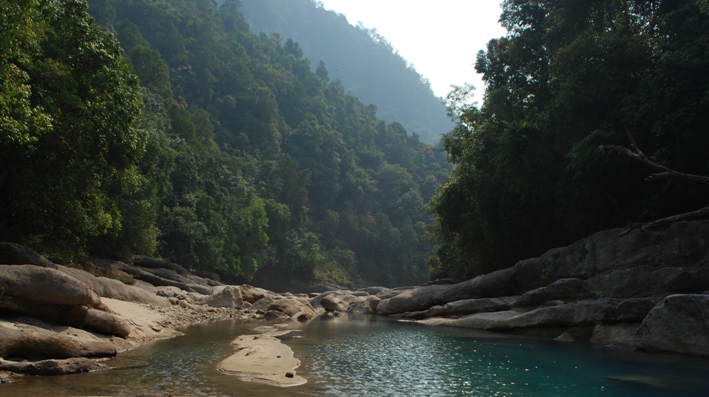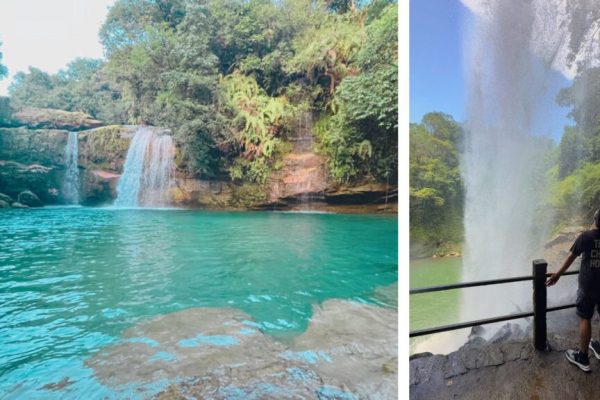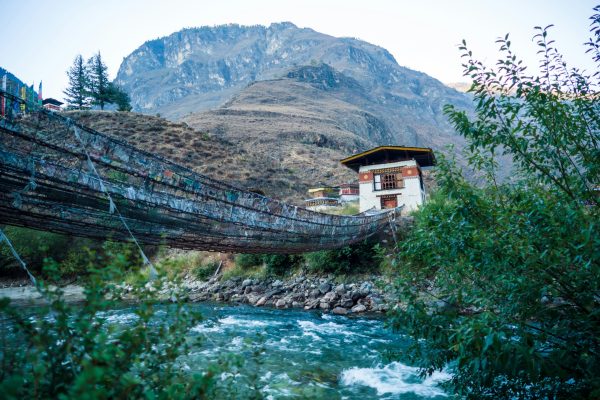Meghalaya is a paradise in Northeast India, known for its clouds, waterfalls, caves, and rich culture. Among all the regions of this beautiful state, South Garo Hills stands out for its raw and untouched beauty. While many travelers rush to places like Shillong and Cherrapunji, South Garo Hills remains unexplored by the average tourist. If you are planning a Meghalaya tour, this offbeat destination deserves your attention.
In this blog, we’ll take you on a virtual journey through the natural wonders, cultural sites, and unique experiences South Garo Hills has to offer. You’ll also find travel tips, best times to visit, and answers to your burning questions. Let’s dive in!
🏞️ Where Are the South Garo Hills?
The South Garo Hills district is located in the western part of Meghalaya. It shares its border with Bangladesh and is covered with thick forests, hills, and valleys. The area is mainly inhabited by the Garo tribe, who follow rich traditions and live in harmony with nature.
This region is less commercial and more rural, which means you can experience Meghalaya’s natural charm in its purest form. If your Meghalaya tour only includes famous places, you might be missing out on the peaceful escape that South Garo Hills offers.
🌟 Top Places to Visit in South Garo Hills
Let’s look at some must-visit spots that make South Garo Hills a hidden gem:
1. Siju Cave
Siju Cave is the third longest cave system in India and is locally known as Dobakkol. It’s famous for its limestone formations and bats. If you’re an adventure lover or interested in geology, this cave will amaze you.
-
Location: Near Siju village
-
Best time to visit: November to February
-
Travel tip: Carry a torch and wear waterproof shoes.
2. Balpakram National Park
Often called the “Land of Spirits,” this park is home to rare animals like the red panda, Asian golden cat, and wild buffalo. It is a sacred place for the Garo people.
-
Size: Around 220 square kilometers
-
Entry fee: ₹50 (Indian), ₹500 (foreigners)
-
Highlight: Stunning canyon views and rich wildlife
3. Nengkong Caves
Close to the Siju Caves, this cluster of limestone caves is lesser known but equally breathtaking. They’re filled with natural sculptures formed over millions of years.
4. Rewak Forest
For those who love bird watching and photography, this forest offers a peaceful and wild experience. Several rare species can be spotted here.
🧳 How to Reach South Garo Hills
While it’s not as connected as Shillong or Guwahati, reaching South Garo Hills is possible through a combination of air, train, and road.
By Air
The nearest airport is Lokpriya Gopinath Bordoloi Airport in Guwahati (about 300 km away). From there, you can take a cab or bus.
By Train
You can take a train to Guwahati or Goalpara and then travel by road.
By Road
Buses and shared taxis are available from Tura, which is the main town in the Garo Hills. From Tura, you can hire local jeeps to reach different villages and spots.
🏡 Where to Stay in South Garo Hills?
The region has limited options, but you’ll find a few guesthouses and homestays in and around Siju and Baghmara. For a more authentic experience, try staying with a local Garo family.
-
Siju Tourist Lodge – Budget-friendly and near the Siju Cave
-
Baghmara Forest Lodge – Great for bird lovers and nature enthusiasts
Tip: Book in advance, especially during the tourist season.
🍛 What to Eat in South Garo Hills?
The food in this region is simple, organic, and often spicy. Here are some dishes you must try:
-
Nakham Bitchi – A spicy dry fish soup
-
Pumaloi – Steamed rice cake
-
Do’o Kappa – Chicken cooked with bamboo shoots
-
Rice Beer (Chu) – Locally brewed and offered during festivals
🎉 Festivals in South Garo Hills
The Garo people love music, dance, and celebrations. Attending a local festival can give you deep insight into their culture.
Wangala Festival
Held in November, this is a harvest festival dedicated to the Sun God. Men and women dress in colorful traditional attire and dance to the rhythm of drums and bamboo flutes.
Ahaia Festival
This marks the start of the sowing season and is celebrated with rituals, community feasts, and games.
🧭 Best Time to Visit South Garo Hills
The best time to visit is from October to April, when the weather is dry and pleasant. Monsoons (June–September) bring heavy rains, making travel difficult but adding a lush green look to the landscape.
👣 Travel Tips for Exploring South Garo Hills
-
Carry cash: ATMs are rare in remote areas.
-
Respect local traditions and ask before taking photos.
-
Pack light but include essentials like sunscreen, torch, mosquito repellent, and trekking shoes.
-
Always hire local guides while exploring caves or forests.
-
Network might be poor in remote areas, so inform someone of your travel plans.
📊 Facts & Figures
-
District Created: 1992 (carved out of West Garo Hills)
-
Population: Approx. 150,000 (as per 2011 Census)
-
Major Languages: Garo, English, Hindi
-
Main Occupation: Farming, weaving, and tourism
-
Forest Coverage: Over 80% of the district
🙋♀️ FAQs about South Garo Hills
Q1: Is South Garo Hills safe for solo travelers?
Yes, it is safe, but due to limited infrastructure, it’s better to travel with a local guide or group.
Q2: Are permits required to visit this area?
No special permits are needed for Indian citizens. Foreigners might need to register with local authorities.
Q3: Is it suitable for family trips?
Yes, if your family enjoys nature, wildlife, and cultural experiences. However, it’s not suitable for luxury seekers.
Q4: How many days are enough for South Garo Hills?
A 3 to 4-day trip is ideal to explore caves, forests, and cultural sites at a relaxed pace.
Q5: Can I club South Garo Hills with other parts of Meghalaya?
Absolutely. You can plan a longer Meghalaya tour covering Shillong, Cherrapunji, and Tura before heading to South Garo Hills.
🎒Final Thoughts
South Garo Hills offers something you won’t find in typical touristy spots – peace, purity, and a deep connection with nature. Whether you’re a cave explorer, wildlife enthusiast, or culture lover, this region has all the elements of a memorable travel story.
So, the next time you’re planning a Meghalaya tour, take the road less traveled. Head towards South Garo Hills and discover a world where tradition and wilderness live in harmony. Trust us — it’s worth the journey!









